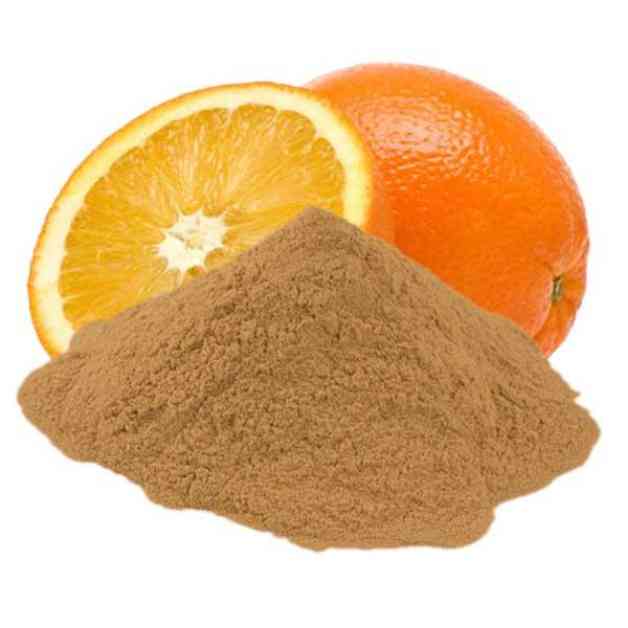Citrus fiber is becoming a popular functional ingredient in various products like food, beverages, personal care items, and pharmaceuticals. It is derived from citrus peels and is known for its water-binding, thickening, and gelling properties. The market for citrus fiber is expected to reach USD 500 million by 2031, according to Transparency Market Research.
The demand for citrus fiber has been on the rise due to consumers’ preference for natural and clean-label products. It is seen as a cost-effective and non-allergenic alternative to synthetic ingredients and traditional stabilizers. From 2021 to 2031, the market is projected to experience significant growth as consumers and manufacturers focus on sustainable, plant-based solutions.
One of the key drivers of the citrus fiber market is the shift towards natural ingredients. As consumers become more health-conscious, there is a growing demand for fiber-rich and low-calorie foods, making citrus fiber an ideal choice for weight management and digestive health. Additionally, the production of citrus fiber supports sustainability by utilizing byproducts of the citrus juice industry, aligning with global efforts to reduce food waste.
However, there are challenges that the market faces, such as the availability of raw materials. The citrus processing industry is the main source of raw materials for citrus fiber, which can be a challenge during off-seasons or periods of low citrus yield. Pricing volatility is another concern, as fluctuations in the price of raw citrus material can impact the pricing of citrus fiber.
Despite these challenges, the future outlook for the citrus fiber market is promising. Technological advancements in extraction and processing methods are expected to enhance the quality and cost-effectiveness of citrus fiber, making it more accessible for a wider range of applications. The development of innovative citrus fiber-based products, especially in areas like vegan food, health supplements, and eco-friendly cosmetics, is anticipated to drive market growth in the coming years.
In terms of regional analysis, North America is expected to lead the citrus fiber market, followed by Europe, Asia-Pacific, Latin America, and the Middle East & Africa. Each region has its unique factors driving the adoption of citrus fiber, such as consumer preferences, regulatory environment, and economic conditions.
Key players in the citrus fiber market, such as Fiberstar Inc., CP Kelco, Florida Food Products, and Cargill Inc., are focusing on product innovation, expanding production capabilities, and forming strategic partnerships to strengthen their market position. Overall, the citrus fiber market is moderately competitive, with companies investing in research and development to improve product quality and expand applications.
In conclusion, the citrus fiber market is poised for significant growth in the coming years, fueled by the demand for natural, plant-based ingredients and the development of innovative products. With a focus on sustainability, health, and wellness, citrus fiber is expected to play a crucial role in various industries and applications.
